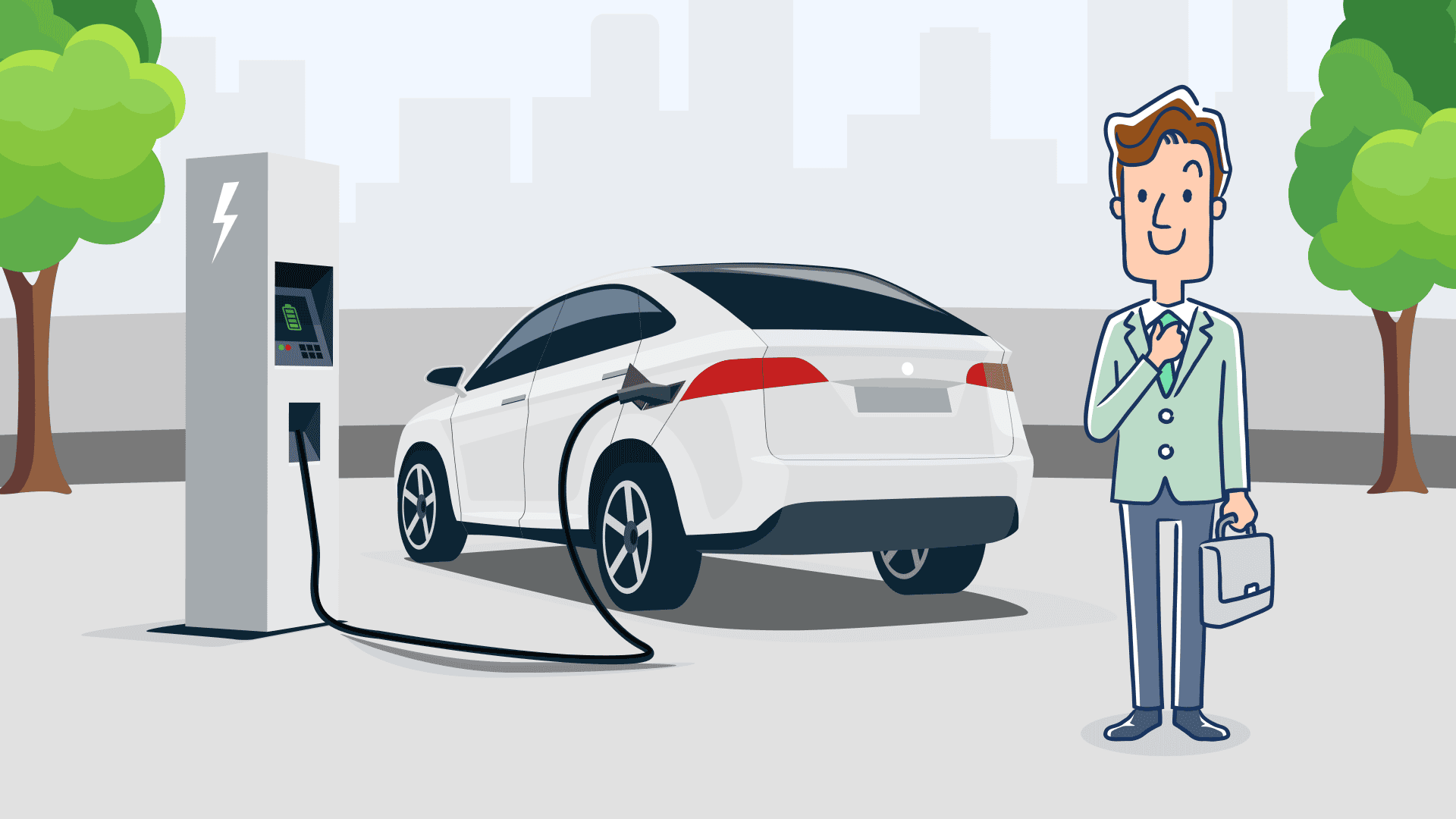Time to read : 5 Minutes
With almost one car per person in Australia (91.3% of households own at least one) and 7.7 million square kilometres to cover, Australians both adore and have come to rely on their cars.
With all the ups and downs in the market, the rising price of fuel, and the current cost of living crisis, Australians are choosing carefully when it comes to new car purchases.
Here’s what Australians are doing when it comes to putting rubber on the road in 2024:
Our key car stats:
According to the Australian Bureau of Statistics (ABS), there were a total of 21.2 million registered vehicles in Australia – almost one for every adult of driving age. This was up 2.3% over last year. As for car sales, January 2024 saw 89,782 cars drive off dealer floors, an increase of 5.8% over the same period last year.
Petrol-fuelled cars were far and away the highest sellers, making up 68.7% of all registered vehicles, with 28.3% being diesel, and 16.2% of all cars sold were electric vehicles (EVs). This number is on the rise, with 46,624 electric vehicles (EVs) sold in Australia by June 2023.
The average used car price in Australia in 2022 was $37,000. This is up by $10,000 from the record 2020 high. Despite this big hike due to inflation and supply chain issues, prices fell 2.1% in January 2023, the first drop since May 2020. Prices are expected to ease further (by at least 10%) during 2024.
Just over half (52.7%) of Australians drove their cars to work, making your vehicles the most popular choice of transport (note: this doesn’t include scooters or motorbikes.) The average age of a car in Australia is 9.9 years.
You can delve into more comprehensive stats at this automotive statistics page.
Australia’s highest selling cars:
According to the FCAI, 2023 saw the delivery of 1,216,780 cars. The previous record high sales figure of 1,189,116 was reached in 2017.
Toyota was the highest selling brand, cornering a whopping 17.7% of the car market in Australia. The top selling vehicle was the Ford Ranger with 63,356 sales.
The top selling consumer-focused vehicle segment was the Sports Utility Vehicle (SUV) and light commercial vehicle, comprising 78.4% of all car sales.
As of January 2024, Toyota was still the number one selling brand with 17,903 sales, followed by Mazda with 8,165, and Ford with 6,624. The top selling EV model during 2023 was the Tesla Model Y, selling 14,002 units.
The cost of car ownership:
Cars are often a “money pit,” especially as they get older and less fuel-efficient.
According to the Australian Automobile Association (AAA) transport affordability tracker, we spend approximately 16.3% of weekly income (around $431.96) in transportation costs.
The average fuel cost in capital cities is $100.29 per week, with regional centres standing at $103.46 per week.
Registration as a national average of capital cities and regional centres (note that this varies from state to state) comes to $1,608.50 per year.
Car loan payments in capital cities and regional centres are about the same, averaging $188.87 and $188.84 per week respectively.
Insurance costs $2,219 for capital city drivers on average, with regional centre premiums coming in at an average of $1,821 per year.
Servicing a car in a capital city could cost an average $1,796 per year, with regional counterparts being slightly better off at $1,693.
As an average, EVs are 82% cheaper to charge than petrol cars are to fuel - for the same distance covered.
Car running costs:
If you want to keep costs down, your best bet is owning a small car. According to the RACV, the average cost of running a light/sub-compact car is $10,285 per year (including fuel, car repayments, rego, servicing, and other associated costs.)
Small cars and small SUVs, one of the more popular sales segments, are also a good choice for lowering running costs. Small cars cost about $12,763 to run per year, with smaller SUVs coming in slightly cheaper at $12,258 per year.
If you’re looking to go off road, you will have to pay for this privilege, with running costs tipping the scales at $24,580. Large SUVs are almost $5,000 cheaper to run, with a cost of $19,445 per year. This may be due to the number of them that are diesel-powered.
EVs are at the middle of the pack ($18,495) due mostly to the higher associated car loan repayments. The fuel costs for EVs are significantly cheaper. A direct comparison between a similar 2WD small SUV EV using $84.63 in electricity, compared with an equivalent petrol-powered vehicle using $148.57 in petrol per month. With all that said, you may have to wait six to nine months to get behind the wheel of an EV. Most petrol-fuelled vehicles are more readily available in dealer showrooms and you can drive away immediately.
Another hidden cost of ownership is road injuries and fatalities. Nearly two-thirds of Australian licenced drivers over the age of 18 have been involved at least one car accident.
According to the Australian Road Deaths Database, Australia recorded 1,266 road deaths for the last 12 months to December 2023.
The bottom line:
Have you noticed your car ownership costing more? Have you considered switching to electric to offset rising fuel costs? With inflation sticking around during 2024 and fuel prices hovering around record highs, it may be worth a look.
As we said in the beginning, Aussies love and need their cars. This won’t be changing any time soon.


































